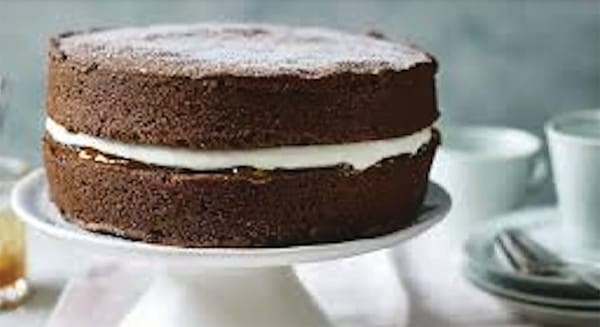Potting mix – to buy or not to buy?

Most gardeners who have at least some pot
plants on the go will have discovered potting mixes
available (especially at the popular big chain store)
vary greatly in quality.
It doesn’t need the frequent encouragement
from Gardening Australia to ‘look for the red
ticks’ – the temptation to opt for the much cheaper
brands can sometimes result in choosing a bag of
mostly wood chips and often pesky little gnats that
are especially unpleasant indoors.
A good potting mix is essential for the
healthy growth of container plants. It should be
lightweight, well-draining, and rich in nutrients.
Key features of a good mix are: organic matter,
good aeration, mineral content, nutrient content,
pH balance (around 6.0 to 7.0 for most plants)
A good potting mix balances all these
components to create an environment that supports
root health, water management, and nutrient
availability, promoting vigorous plant growth.
One question facing keen gardeners is – do we
buy it in or do we make our own? Our answer may
come down to a simple matter of time or cost, but
there are a few other considerations.
Pros of commercial potting mixes
- Convenience: Ready-to-use with balanced ingredients.
- Consistency: Formulated for specific plant needs, ensuring uniform quality.
- Sterility: Often sterilized to prevent pests, diseases, and weed seeds.
- Nutrient-rich: Contains added fertilizers for initial plant growth.
Cons of commercial potting mixes
- Cost: More expensive than homemade mixes.
- Environmental impact: Often contain non-renewable resources like peat moss.
- Limited customisation: May not meet all specific plant requirements.
- Potential additives: Can contain synthetic chemicals and fertilizers not suitable for organic gardening.
On the other hand, making your own potting
mix allows you to tailor it to your plants’ specific
needs and can be cost-effective.
Here’s a simple guide to creating a versatile,
high-quality mix:
- Base Ingredients
- Coconut coir or peat moss (40-50%): Both materials help retain moisture and provide a light, airy structure. Coconut coir is now considered a more sustainable option compared to peat moss (which used to be recommended).
- Compost (20-30%): Adds essential nutrients and beneficial microorganisms. Ensure the compost is well-aged to prevent it from overheating and harming plant roots.
- Perlite or vermiculite (20-30%): These materials improve aeration and drainage. Perlite is ideal for plants needing excellent drainage, while vermiculite is better for moisture-loving plants.
- Additional Ingredients:
- Sand (10-20%): For extra drainage, especially in mixes for succulents and cacti. Use coarse sand to prevent compaction.
- Worm Castings (5-10%): Rich in nutrients and beneficial microbes, worm castings enhance soil fertility.
- Optional Additives:
- Lime: To adjust pH if using peat moss, which is acidic. Add about 1 tablespoon per gallon of mix.
- Blood and bone: Organic fertilizer that provides a slow-release nutrient boost. Follow package directions for amounts.
Steps
- Mix the base ingredients thoroughly in a large
container or wheelbarrow. - Gradually add any additional ingredients,
mixing well to ensure even distribution. - Adjust the mixture’s moisture content by adding
water if it feels too dry or
more perlite if it’s too wet.
Then you can store your
homemade potting mix in
a sealed container to keep
it fresh and ready for use -
without having to go to the
shops!











